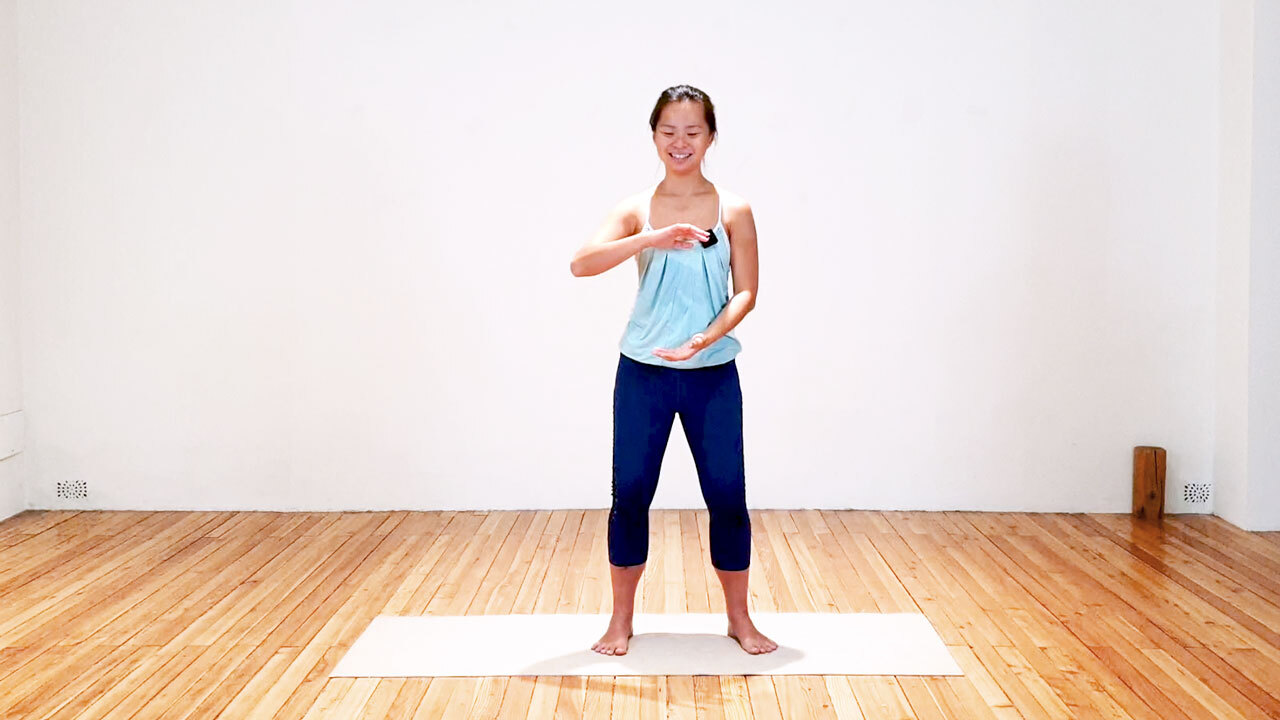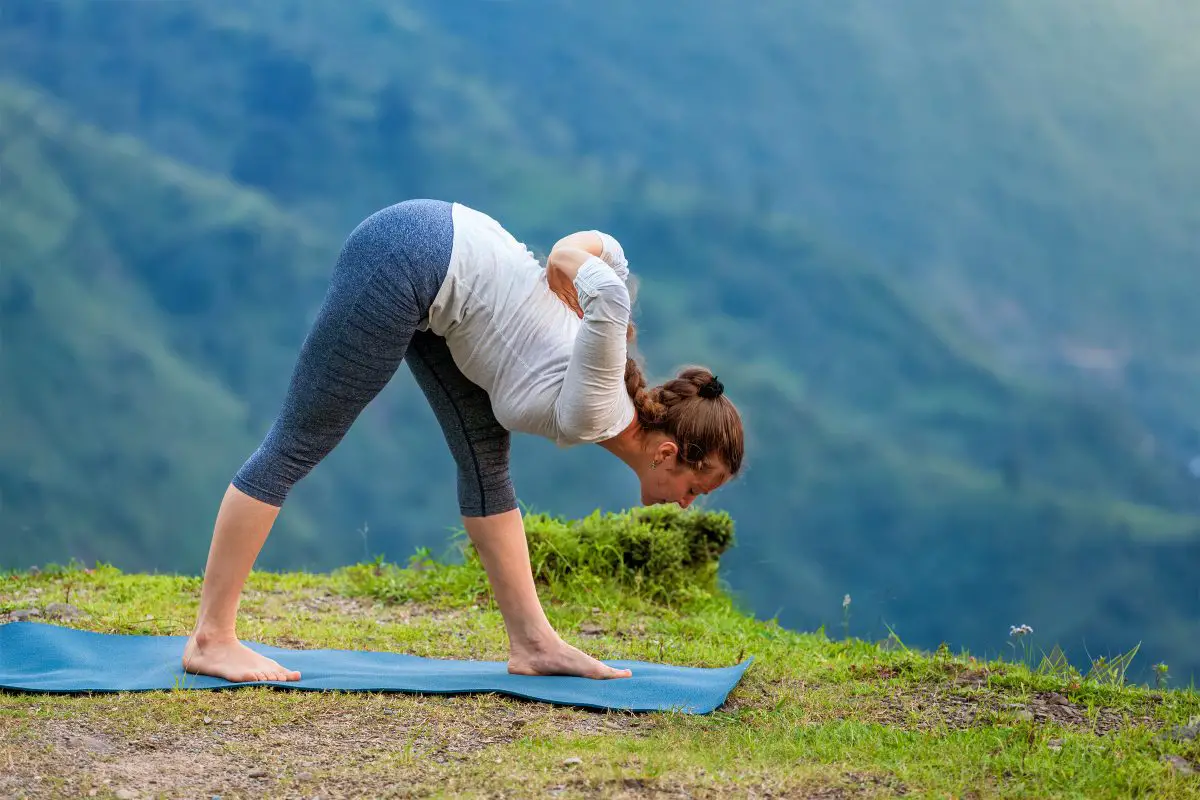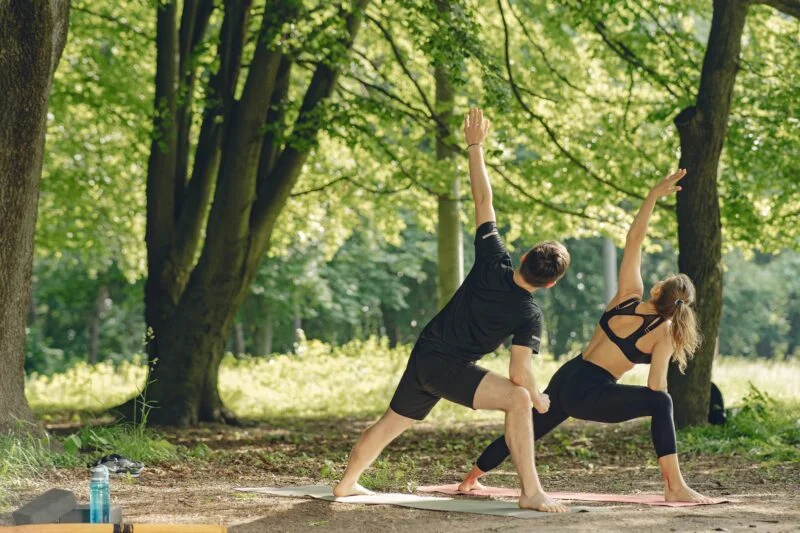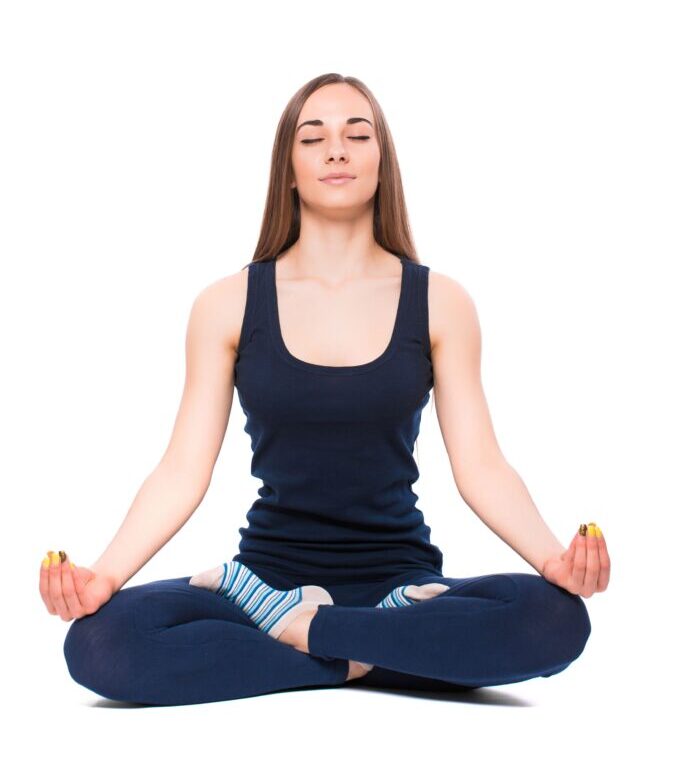Contents
- 1 What’s Qigong?
- 2 Qigong and yoga: 2 practices for wholeness
- 3 benefits of Qigong
- 4 Why no longer provide it a attempt with our guided program?
- 5 The records, roots & origins of Qigong
- 6 health and medical Qigong
- 7 What are the sorts of Qigong?
- 8 Key differences among Qigong and yoga
- 9 subtle body maps of Qigong and yoga
- 10 The 5 elements in yoga and Qigong
- 11 Qigong and yoga: a philosophy for living
- 12 How Qigong can supplement your yoga exercise
What’s Qigong?
Qigong is an ancient chinese language exercise that includes the cultivation of critical life force strength, or Qi, within the body. it’s far based totally on the principles of conventional chinese language medicine (TCM) and is often called “chinese Yoga”. In this article you’ll research what Qigong is, the history behind Qigong and how it compares to yoga. We’ll also explore the similarities and variations among Qigong and yoga, and the way Qigong can advantage you and supplement your yoga practice.
Qigong and yoga: 2 practices for wholeness
Qigong is just like yoga in many ways. each practices contain the cultivation of electricity in the body via motion, breath paintings, and meditation. both yoga and Qigong are extensive phrases that encompass a extensive range of strategies and practices aimed at cultivating and harnessing the flow of essential life pressure energy. The time period yoga capability “to yoke” or “unite” with the whole thing, at the same time as Qigong 气功 interprets to “electricity cultivation.”
The integral faith of yoga and Qigong is the existence of a essential existence force electricity that permeates all beings and tactics within the international.
The essential belief underlying each yoga and Qigong is the lifestyles of a fundamental existence force energy that permeates all beings and methods in the global. In yoga, this electricity is known as Prana, whilst in Qigong, it’s miles referred to as Qi 气. The purpose of both practices is to cultivate and promote the glide of this energy through a difference of physical postures, breath techniques, and meditation.
The last objective of Qigong and yoga respectively are to sell fitness and wellness by means of fostering internal union inside each individual. This encompasses the frame, idea, and spirit, and promotes union among each individual and the larger entire.
benefits of Qigong
A scientific examine performed in 2017 located that Qigong can help alleviate various health situations, along with arthritis. A 2015 take a look at described how Qigong can be effective in treating quite a number physical and mental ailments. TCM perspectives ache, aches, and health troubles as manifestations of underlying deficiencies, blockages, or imbalances of Qi within the frame. consequently, Qigong enables with the aid of selling the clean float of Qi, the imperative life force, thru the meridian channels that irrigate the frame.
some generally mentioned advantages of Qigong consist of:
- Balanced electricity
- A feel of calm and rest (helpful for tension and stress)
- advanced stability and coordination
- stepped forward flexibility and mobility
- stepped forward overall fitness, happiness and well-being
Why no longer provide it a attempt with our guided program?
domesticate a experience of equilibrium, consolation and clarity for your frame, thinking and spirit with those simple yet effective practices. be part of our new software starting Monday, 16th October.
The records, roots & origins of Qigong
Yoga and Qigong both have their origins within the East. Yoga is assumed to have originated in India over 5,000 years in the past. Qigong is at the least 4,000 years vintage and can be traced again to China. The Indian Vedic scriptures, including the Rig Veda, served as the premise for yoga. Qigong originated from chinese Daoism. both practices began as spiritual practices but later underwent modernization.
Yoga was brought to the West by way of Swami Vivekananda, an Indian trainer who first got here to the us in 1883. He translated yogic texts from Sanskrit to English, prepared world conferences, and defined yoga as a “technology of the thought.” other distinguished teachers, consisting of Pattabhis Jois, founder of Ashtanga Yoga, and T.k.V. Desikachar, son of Sri Krishnamacharya, additionally contributed to the upward jab of yoga in the us.
health and medical Qigong
In comparison, the first types of Qigong were practiced by Daoist monks and shamans. those had been known as Dao Yin 导引, as depicted inside the Ma Wang Dui Silk texts map excavated from the tombs in Changsha, Hunan province in China. however, under the ruling government of Mao Zedong in Nineteen Fifties China, Qigong’s roots with Daoism, Confucianism, and Buddhism have been severed. instead, Qigong was once promoted as a health upkeep device, ensuing within the emergence of fitness Qigong and medical Qigong. bill Moyers brought Qigong to the usa via the PBS series restoration and the thought.
each yoga and Qigong have gone through massive modifications as they have been added to distinct cultures and modernized. but, each practices nonetheless proportion a common purpose of selling fitness and well being via cultivating and harnessing the flow of quintessential existence pressure energy in the frame.
What are the sorts of Qigong?
similar to yoga, which has numerous patterns and lineages, Qigong also has diverse types and patterns. these include Buddhist Qigong, health Qigong, scientific Qigong, and Martial Qigong, which incorporates Taijiquan (Taichi) and Wushu. Qigong can take many paperwork, consisting of shaking, tapping, desk bound stances, and fluid, flowing moves.
while mapped along the spectrum from down-regulating to up-regulating, Yin-Yang or Langhana-Brahmana, Qigong falls at the Yin facet. this is as it has a tendency to be slower and more mild than other practices which includes Tai Chi or Ashtanga yoga. however, when in comparison to Restorative yoga or Yin yoga, which contain static postures with lengthy holds of 3-five minutes, shifting Qigong paperwork which include shaking, tapping, and flowing actions are faster, more active, and warming.
Key differences among Qigong and yoga
There are numerous variations among the physical practices of Qigong and yoga. firstly, maximum Qigong is accomplished in a standing function, which may be tailored to a seated role, whilst yoga poses may be carried out on the floor, in a chair, or standing.
Secondly, yoga styles like Hatha, Restorative, and Yin yoga tend to consciousness extra on static holds, whilst Qigong forms frequently involve shaking, tapping, and flowing movements that experience like shifting meditation. Qigong additionally locations a more emphasis on spiraling movements that reduce throughout distinct planes, whereas yoga poses have a tendency to be more linear. however, because of the huge variety of practices within every discipline, there may be variety in each.
as an example, a few varieties of yoga, consisting of Ashtanga or Vinyasa drift, may be very fluid and experience like shifting meditation. in the meantime, some Qigong forms are static with a focal point on inner power and breath. lastly, Qigong stances tend to have a softer, extra rounded appearance compared to the extra structured poses of yoga.
subtle body maps of Qigong and yoga
Yoga and Qigong are associated with exceptional medical systems. Yoga is linked with Ayurvedic remedy, one of the global’s oldest scientific structures from India. Qigong is rooted in conventional chinese medication.
The invisible electricity channels that flow via the frame are known as nadis in yoga and meridian channels or JingLuo 经络 in Qigong. both systems additionally apprehend the presence of focused power vortexes within these channels. In yoga, those are called the 7 Chakras, even as in Qigong, they are the three Dantian 丹田, as proven under.
The 5 elements in yoga and Qigong
Qigong and yoga are each primarily based on their respective five factors theory. these encompass conventional chinese remedy’s 5 transferring Forces WuXing 五行 and Ayurveda’s Panchamahabhuta. these dominant energies are believed to underpin the seasons and cycles, and are integral to each gadget’s philosophy.
each systems have additional associations past the 5 factors concept. In yoga and Ayurveda, the five elements are connected with the 5 Koshas, seven Chakras, and five Vayus. Conversely, in Qigong and conventional chinese language medicinal drug, the 5 factors are associated with feelings, virtues, numbers, organs, and so forth. A comprehensive listing of the five elements Relationships in TCM/Qigong may be determined here.
in step with Qigong that is rooted in TCM philosophy, people are a microcosm of the universe. everything observed in nature can also be experienced inside an man or woman’s inner panorama. To obtain a healthful, happy, and lengthy life, one have to align with nature by means of embodying the balance of YinYang – 2 opposing and complementary forces that underpin all phenomena – and by means of flowing with the five factors, that are the 5 transferring forces that pressure the unfolding of all phenomena, inclusive of the seasons.
Qigong and yoga: a philosophy for living
each yoga and Qigong prioritize balancing effort effectively. within the Yoga Sutra 2.forty six, “sthira sukham asanam,” the posture for meditation need to be steady, stable, and blissful. in addition, in Qigong, practitioners are advocated to encompass WuWei, meaning carrying out action without useless striving, or easy motion.
moreover, both Qigong and Yoga emphasize the significance of non-attachment to reap religious liberation. In yoga, that is known as Karma yoga. This entails rightful action barring being connected to the outcome or being prompted by way of ability results. In Qigong, that is achieved through flowing with the Dao. this means ‘taking the rightful way, path, speech, and method in life’.
How Qigong can supplement your yoga exercise
both yoga and Qigong offer specific advantages and procedures to bodily, intellectual, and religious well-being. It isn’t always indispensable to select one over the alternative – try both and notice which goes fantastic for you. while Qigong may also complement your yoga practice, it could additionally stand alone as a mindfulness and self-cultivation practice.
Incorporating Qigong’s various forms, such as tapping, shaking, and spiraling flowing movements, has been a precious addition to my yoga exercise. practicing Qigong has helped me recover from sciatica ache, and enhance my mobility, balance, and spatial recognition. It empowered me to turn out to be greater attuned to my power and the power of others and the arena around me. these advantages have also enriched my yoga, meditation, and mindfulness practice, and have undoubtedly impacted my existence general.
by incorporating Qigong into your yoga exercise, you may deepen your understanding of power and cultivate a deeper experience of focus in your body. this can assist you to technique your yoga exercise with a greater experience of mindfulness and purpose, and may cause a deeper experience of reference to your frame and your exercise.





